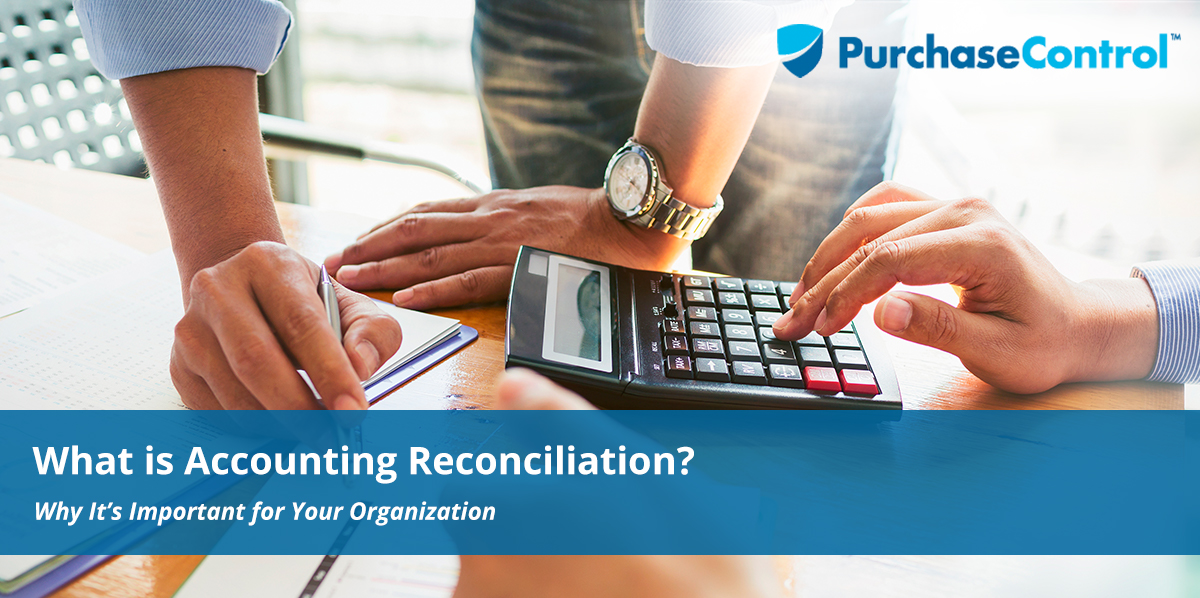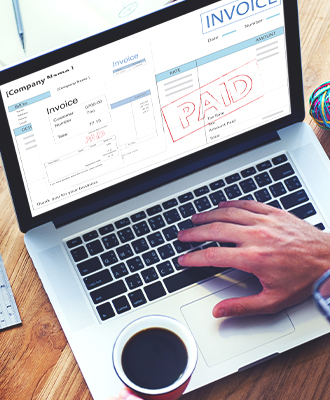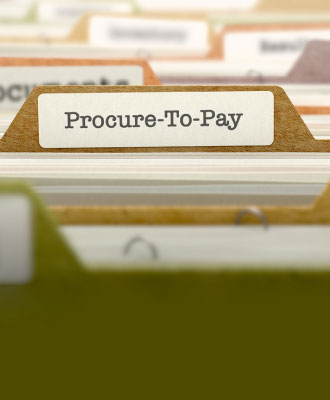What is Accounting Reconciliation?
Accounting reconciliation is the process of ensuring all account balances are correct between two accounts at the end of an accounting period. Reconciliations are helpful to automate the financial close process.
Reconciliation in accounting is done in three steps. First accountants compare balances between various independent systems. Then, they verify statements and reports for accuracy and if and when discrepancies are found, they investigate those. Finally, they take action to correct any identified discrepancies.
The reconciliation process is a crucial internal control. Section 404 of the Sarbanes-Oxley Act mandates that public companies include an assessment of their internal controls regarding financial reporting with their annual report.
Companies are required to reconcile all balance sheets that could contain material or significant misstatement. Doing so allows companies to identify and post all necessary adjustments to their general ledger in a timely manner to ensure the accuracy and completeness of their financial statements.
Many companies struggle to complete the reconciliation process in a timely manner which introduces risk. Organizations that adopt an automated continuous accountant approach benefit from a reduced risk of misstatement and a more preventive control environment.
“Reconciliation in accounting must be completed before an organization is able to certify the integrity of its financial information and issue financial statements.”
Steps in Account Reconciliation
Account reconciliation generally happens after the close of a financial period.
- Accountants go through every account in the general ledger to verify that the listed balance is both correct and accurate.
- To do this, they must compare the general ledger account balance with other independent sources of data such as bank and credit card statements.
- When and if discrepancies are found, the accountants investigate the issues and take the necessary corrective action such as making journal entries to correct errors.
- All of the information that is found, the analysis performed, and actions that are taken, is stored for audit purposes.
If you do your bookkeeping yourself, you need to be prepared to reconcile your bank statements on a fixed schedule. If you use an online bookkeeping service or a bookkeeper, they will handle it for you. It’s worth noting that you only need to reconcile your bank statements if you use the accrual method of accounting.
If on the other hand, you use cash basis accounting when you record every transaction at the same time the bank does so there should be no discrepancy between your books and your bank statement.
How Account Reconciliation Software Works
Account reconciliation software automates the steps in the account reconciliation process. Using data from all of the sources of financial information such as bank files or statements, credit card processors, merchant services, and ERP systems, it compares account balances between this versus and identifies discrepancies. the discrepancies can be investigated by accounting staff to remove the burden of manually performing this task. This allows accountants to focus on analyzing discrepancies.
Account reconciliation software features include:
- Automated review and approval workflows with proper segregation of duties
- Templates of checklist to standardize processes
- Links to applicable policies and procedures for easy reference
- Integrated storage for supporting documentation to make reviews and audits easier
Why Account Reconciliations Matter
Without software in place to help you, reconciliations may be quite tedious. However, financial hygiene pays off.
Regularly reconciling your account helps you see your business as it really is. When you take a look at your books you want to know that they reflect the current reality. If your bank account in your book doesn’t match up you could easily spend money that you don’t have or be holding onto money that you could be investing back into the organization.
Reconciling bank statements allows organizations to see the relationship between when money comes into the business and when it enters your bank account so you can track your cash flow to better plan collecting and spending money.
Though reconciling bank statements and accounts doesn’t stop fraud, it will alert you to when it’s happened. For example, organizations may pay a vendor by check. But, the vendor could tamper with it and make the amount withdrawn larger and then cash it. The discrepancy would show up during account reconciliation. Without that reconciliation, it may go unnoticed.
Or, there may be an instance where a company shares a joint account with the business partner. When they draw money from the business account to pay for a business expense, they could take more than what they record on the books, which would be noticed during a bank statement reconciliation.
Account reconciliation also helps detect bank errors. Though they are rare, sometimes banks will make mistakes. If there’s a discrepancy in accounts that you cannot explain any other way, it’s best to speak with someone at the bank.
For organizations using the accrual system of accounting, you might debit on your cash account when you finish a project in the client says the check is going into the mail today. Then, when you do your bank reconciliation a month later, you realize the check never came and the money isn’t in your books even though your bookkeeping shows you got paid.
Bank reconciliations are fail-safes for making sure that your accounts receivable never gets out of control. If you consistently see a discrepancy in the accounts receivable between your book from your bank you know you have a bigger problem that needs attention.
As you perform bank reconciliation, there is nothing bad about outstanding checks or withdrawals or outstanding deposits and receipts as long as you’re keeping track of them. How often you reconcile your bank statements depends on the volume of transactions. Some organizations have money in touring and leaving their accounts multiple times a day so they will reconcile daily.
For example, a restaurant process is a lot of transactions every day so they need to reconcile on a daily basis. On the other hand, a small online store where there are days with no new transactions at all could easily reconcile on a weekly or monthly basis.
The more often you reconcile bank statements, the easier it becomes each time. If you haven’t reconciled your bank statements in six months, you’ll have to go back and check six months worth of items. Whether this is a smart decision depends on the volume of transactions and how patients you are. As such, it’s best to have a regular schedule. Determine how frequently you’ll reconcile and then stick to it. This ensures that your unreconciled bank statements do not pile up into a time-consuming and intimidating task while keeping you aware of your business’s cash flow.
Accounting software makes it much easier to keep track of reconciliations. By linking your financial accounts to your accounting software for both accounts payable and accounts receiveable, you can automate much of the process. It eliminates the potential for errors associated with manual data entry and allows you to focus your attention on the books only when there is a discrepancy that needs to be resolved.
PurchaseControl can make your account reconciliation much simpler.
Find Out How








